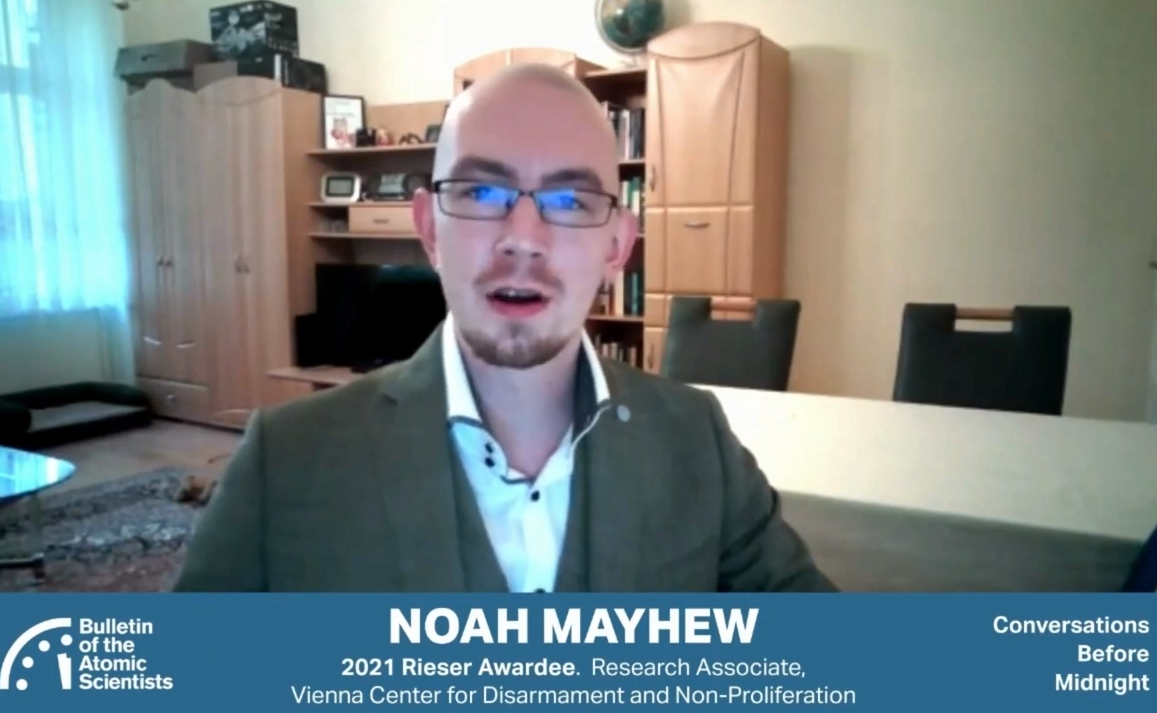
The Open Skies Treaty (OST), signed in 1992 and in force since 2002, is in deep crisis. In November 2020, the United States withdrew from that Treaty. On 15 January 2021, Russia announced it was beginning internal procedures for withdrawal, but said it could reconsider if the newly elected US administration led by Joe Biden indicated its intention to return to the Treaty. Speaking at a seminar held by the VCDNP entitled “Making a Better Open Skies Treaty” on 18 February 2021, Dr. Peter Jones, Associate Professor, Graduate School of Public and International Affairs, University of Ottawa, presented an in-depth analysis of the challenges to the functioning of the Treaty and options for its further enhancement if collapse can be averted.

Mr. Jones explained that disagreements over the implementation of OST, which the Donald Trump administration presented as reasons for the withdrawal, can be resolved within the Consultative Commission established under the Treaty, but the return of the United States to OST remains a sine qua non for its survival.
The speaker listed six possible steps, short-, medium- and long-term, that could help maintain and enhance the Open Skies regime. The first two are immediate tasks, perhaps to be resolved before the United States reenters OST: disputes over limits on the flights over Kaliningrad oblast and flights along the Russian border with Georgia/Abkhazia. Two issues could be addressed in the medium-term after the Treaty’s collapse has been averted: special arrangements for flights over territories whose status is contested, so that these flights do not represent an implicit recognition of anyone’s claims, and agreement allowing new types of sensors on OST aircraft. Finally, in the longer term, the parties could consider two more developments that could expand the application of OST and enhance its viability: expanding OST to other countries or regions, particularly the Asia-Pacific (China, Japan, and South Korea), as well as expanding OST arrangements to other issue-areas, such as environmental monitoring.
Responding to a question about the immediate steps needed to save OST, Dr. Jones noted that while international lawyers disagree on the procedures for US return to OST, the main fact is that a political decision by the Biden administration is needed to launch the process. The specific sequence of steps could be discussed in a confidential manner among interested parties.
He further emphasized that European countries could play a pivotal role in initiating steps leading to saving OST, in particular because the regime benefits them most: many of these countries, especially smaller ones, do not have direct access to other sources of data, such as that obtained from satellites, and they are especially interested in the continuation of OST.
The speaker noted in this respect that other transparency options, such as satellites and perhaps in the future the use of drones, lack an important feature that is provided by flights under the OST rules – the spirit of confidence building, joint work of personnel representing different countries in the process of conducting flights, access to sensors and data obtained during flights, and, in a more general sense, the tangible spirit of cooperation that permeates activities under the Open Skies regime.
The recording of the webinar is available below.

